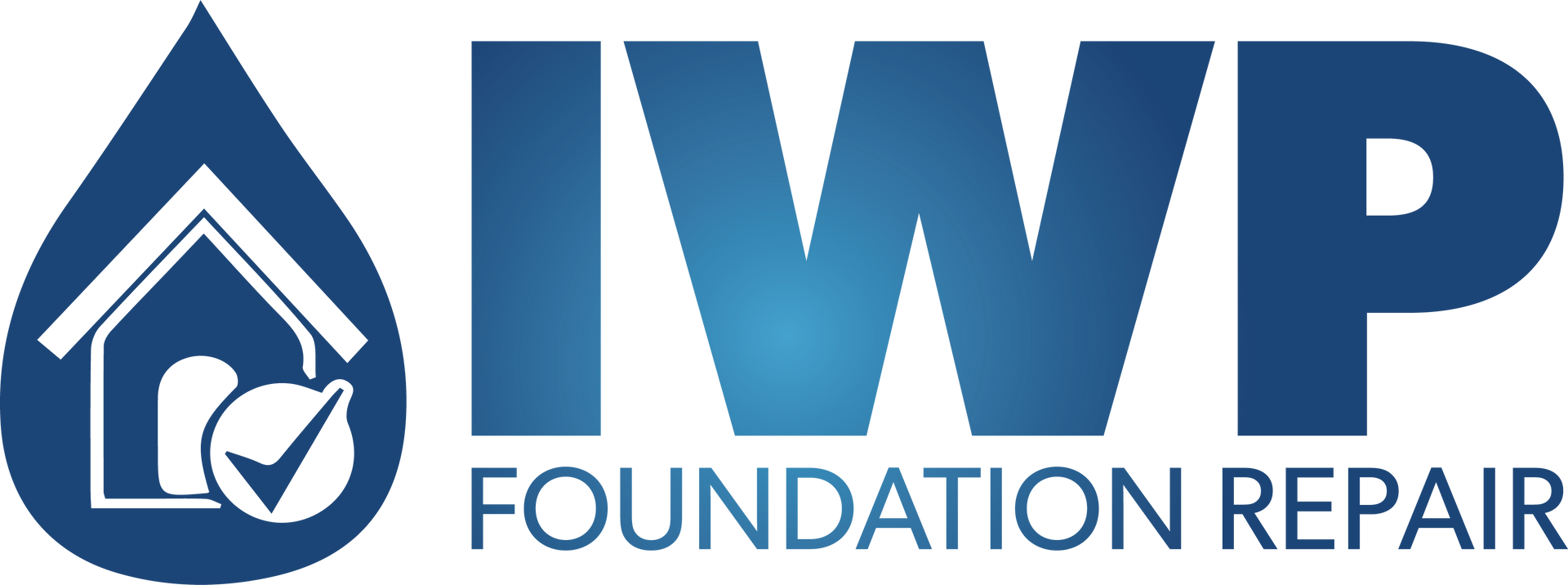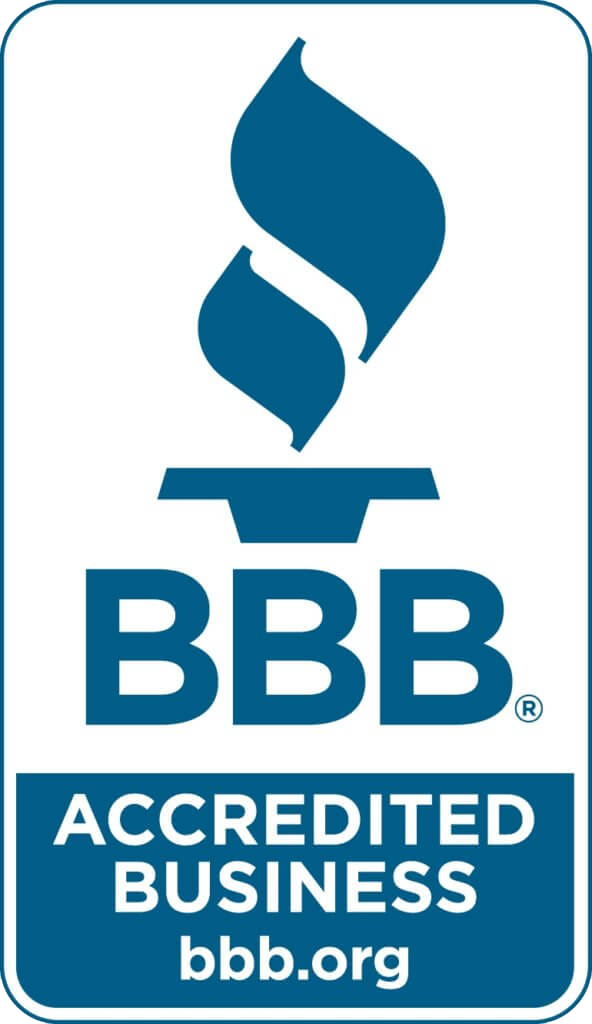Understanding Water Infiltration in Buildings
Understanding Water Infiltration in Buildings: Common Areas and Effective Waterproofing Techniques
Water infiltration is a major concern for building owners and residents, as it can lead to structural damage, mold growth, and a host of other problems. Understanding the common areas where water infiltration occurs and implementing effective waterproofing techniques is crucial for maintaining the integrity and safety of any building. This comprehensive article will explore the common areas of water infiltration in buildings and provide a detailed guide on advanced waterproofing prevention techniques.
Common Areas of Water Infiltration
Water infiltration can occur in various parts of a building, each with its unique challenges. Here are some of the most common areas where water infiltration is typically observed:
Foundations and Basements
Foundations and basements are particularly susceptible to water infiltration due to their contact with the ground. Common issues include:
- Hydrostatic Pressure: The pressure exerted by groundwater can force water through cracks and pores in the foundation walls and floor.
- Cracks in Foundation: Structural cracks in the foundation walls and floors provide a direct path for water to enter the building.
- Poor Drainage: Improper grading and lack of drainage systems around the foundation can lead to water pooling and seeping into the basement.
Roofs
Roofs are another critical area where water infiltration can occur. Key issues include:
- Damaged Shingles or Tiles: Broken, missing, or damage shingles or tiles can allow water to penetrate the roof structure.
- Clogged gutters: Blocked gutters can cause water to overflow and seep under the roofing material.
- Flashing Failures: Improperly installed or damaged flashing around roof penetrations, such as chimneys and vents, can lead to leaks.
Walls
Walls, especially exterior walls, can be vulnerable to water infiltration due to:
- Cracks and Gaps: Small cracks and gaps in the wall materials can allow water to penetrate.
- Poorly Sealed Windows and Doors: Inadequate sealing around the windows and doors can lead to water ingress during heavy rain.
- Absorptive Materials: Certain wall materials, such as brick and stucco, can absorb water, leading to moisture problems if not properly treated.
Windows and Doors
Windows and doors are common points of water entry due to:
- Failed Seals: Aged or damaged seals around the windows and doors can allow water to seep in.
- Improper Installation: Incorrect installation can leave gaps that water can exploit.
- Condensation: Poor insulation can lead to condensation, which can accumulate and cause water damage.
Plumbing Systems
Internal water infiltration often stems from plumbing issues, including:
- Leaking Pipes: Aged or damage pipes can develop leaks, causing water to seep into walls, floors, and ceilings.
- Faulty Fixtures: Malfunctioning plumbing fixtures, such as faucets, showers, and toilets, can lead to water leakage.
- Condensation on Pipes: Poor insulation can cause condensation on cold water pipes, leading to moisture accumulation.
Effective Waterproofing Prevention Techniques
Preventing water infiltration requires a multi-faceted approach, addressing each vulnerable area with targeted solutions. Here are some effective waterproofing techniques to protect your building from water infiltration:
Foundation and Basement Waterproofing
- Exterior Waterproofing: Apply a waterproof membrane to the exterior of the foundation walls to prevent water from penetrating. This often includes a combination of liquid-applied membranes, sheet membranes, and drainage boards.
- Interior Waterproofing: Use waterproof coatings and sealants on interior foundation walls and floors to create a barrier against water ingress. Interior drainage systems, such as French drains and sump pumps, can also help manage groundwater and prevent basement flooding.
- Proper Grading and Drainage: Ensure the ground around the foundation slopes away from the building to direct water away. Install exterior drainage systems, such as French drains and dump pumps, can also help manage groundwater and prevent basement flooding.
- Crack Repair: Seal any cracks in the foundation walls and floors with epoxy or polyurethane injection to prevent water entry.
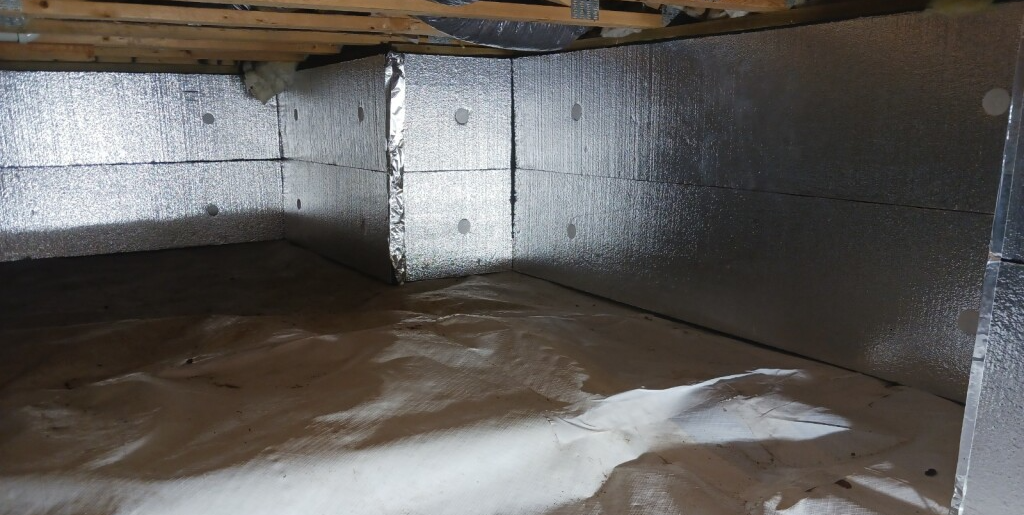
Roof Waterproofing
- Regular Roof Maintenance: Inspect the roof regularly for damaging or missing shingles tiles and replace them promptly. Keep gutters and downspouts clean to ensure proper drainage.
- Install Proper Flashing: Ensure flashing around roof penetrations is correctly installed and in good condition. Replace any damaged flashing to prevent leaks.
- Roof Coatings: Apply waterproof roof coatings to provide an additional layer of protection against water infiltration. This is especially useful for flat or low-slope roofs.
Wall Waterproofing
- Seal Cracks and Gaps: Use high-quality sealants to fill any cracks and gaps in the exterior walls. This helps prevent water from penetrating through small openings.
- Water-Resistant Materials: Consider using water-resistant materials for exterior walls, such as treated brick, stone, or fiber cement siding. Apply water-repellent treatments to absorptive materials like brice and stucco.
- Proper Window and Door Sealing: Ensure windows and doors are properly sealed with weatherstripping and caulk. Regularly inspect and maintain these seals to prevent water ingress.
Windows and Doors Waterproofing
- Install Quality Windows and Doors: Invest in high-quality, weather-resistant windows and doors. Ensure they are properly installed to avoid gaps and leaks.
- Regular Seal Inspection: Inspect the seals around windows and doors regularly and replace them if they show signs of wear or damage.
- Condensation Management: Improve insulation around windows and doors to reduce condensation. Use double or triple-pane windows to minimize temperature differences that cause condensation.
Plumbing System Waterproofing
- Regular Plumbing Inspections: Conduct regular inspections of the plumbing system to identify and repair leaks promptly. Pay attention to hidden pipes within walls and ceilings.
- Upgrade Fixtures: Replace old or faulty plumbing fixtures with modern, water-efficient models that are less prone to leaks.
- Pipe Insulation: Insulate cold water pipes to prevent condensation and moisture buildup. Ensure proper ventilation in areas with exposed pipes to reduce humidity levels.
Additional Waterproofing Strategies
- Install a Vapor Barrier: In areas prone to high humidity, such as basements and crawlspaces, install a vapor barrier on the walls and floors to prevent moisture from seeping through.
- Implement a Dehumidification System: Use dehumidifiers in areas prone to dampness to control indoor humidity levels and prevent mold growth.
- Maintain Landscaping: Ensure that landscaping around the building does not interfere with drainage systems. Avoid planting water-thirsty plants too close to the foundation, as their roots can disrupt drainage and contribute to water infiltration.
- Use Waterproof Paints and Sealants: Apply waterproof paints and sealants to vulnerable areas, such as basement walls and floors, to provide an extra layer of protection against moisture.
Water infiltration can cause significant damage to a building's structure and interior, making effective waterproofing techniques essential for maintaining a safe and durable environment. By understanding the common areas where water infiltration occurs and implementing comprehensive waterproofing strategies, homeowners and building managers can protect their properties from the detrimental effects of moisture. Regular maintenance, timely repairs, and the use of advanced waterproofing materials and systems are key to preventing water infiltration and ensuring the longevity of the building. Investing in proper waterproofing measures not only safeguards the structural integrity of the building but also enhances the comfort and safety of its occupants.
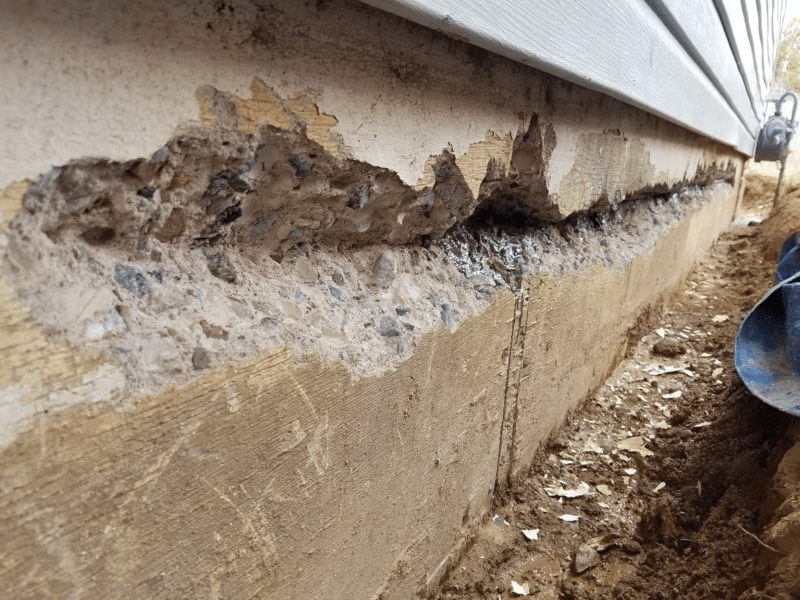
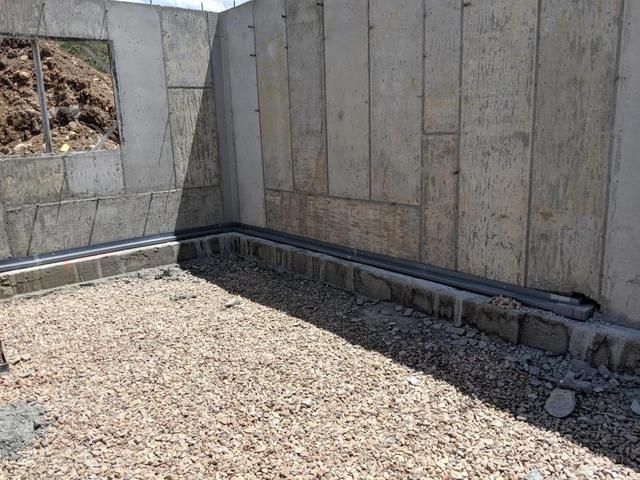


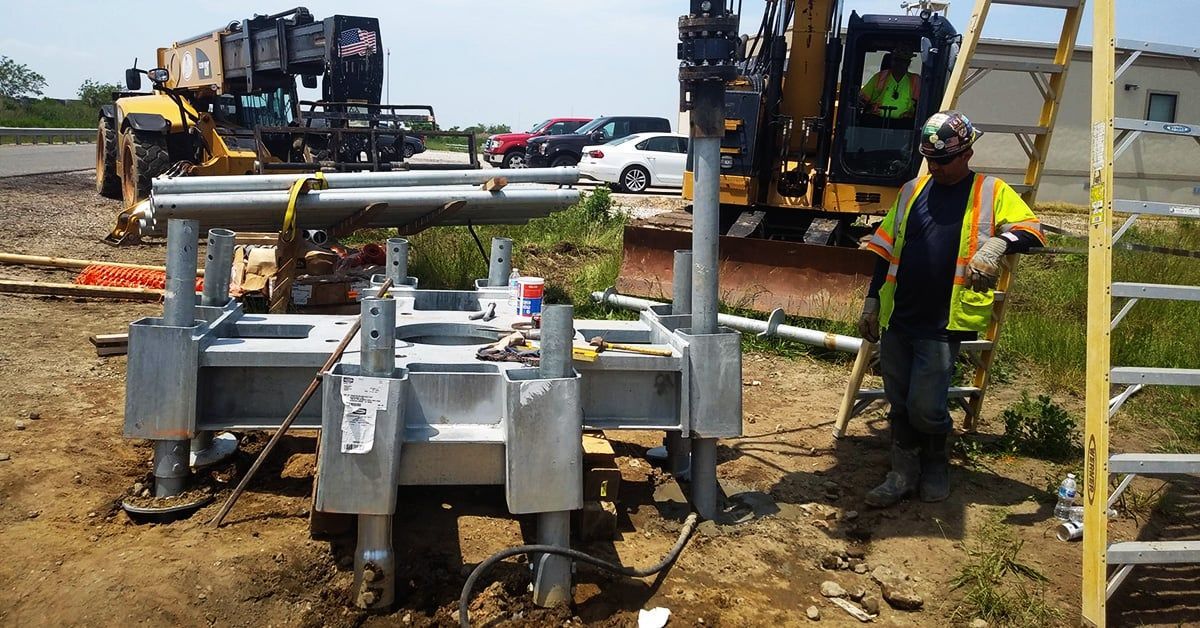


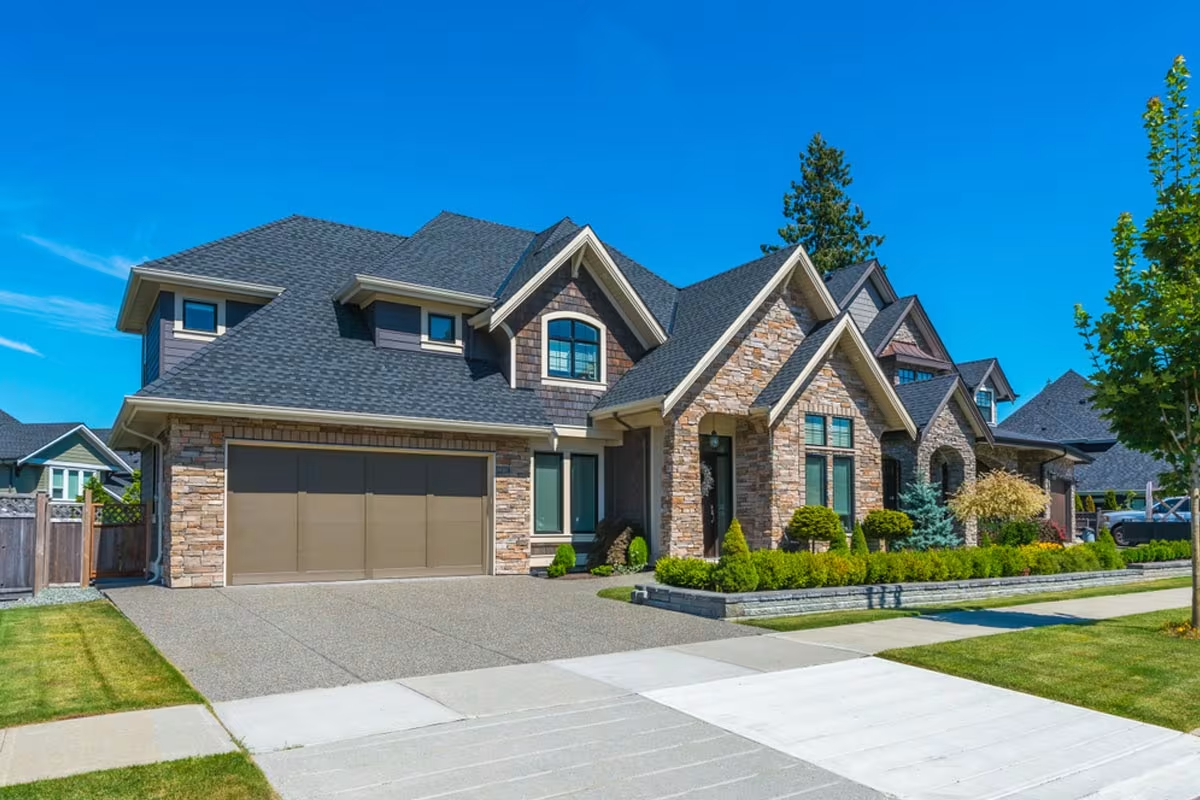


HAVE PEACE OF MIND WITH IWP FOUNDATION REPAIR
With over 30 years of combined experience in the business, you know that you can trust our team to get the job done right the first time. We value the customer experience, which is why we take the time to listen to your concerns, answer all your questions, and explain the best plan of action for your home. If you’ve noticed any foundation issues at all, no matter how minor they seem, you should call a professional. Our expert team is waiting for you, so call today for a free evaluation!
